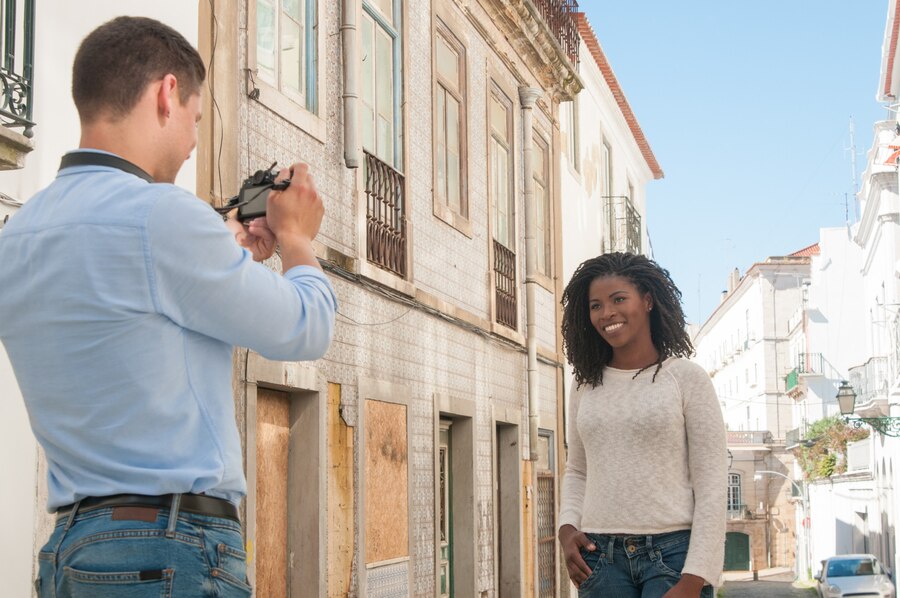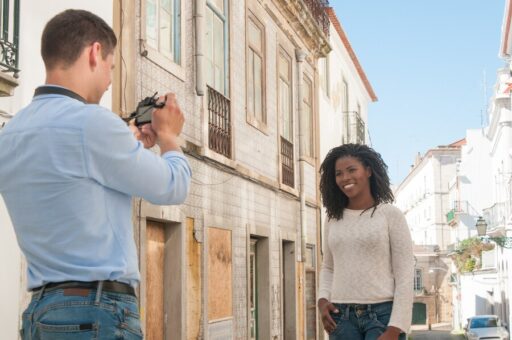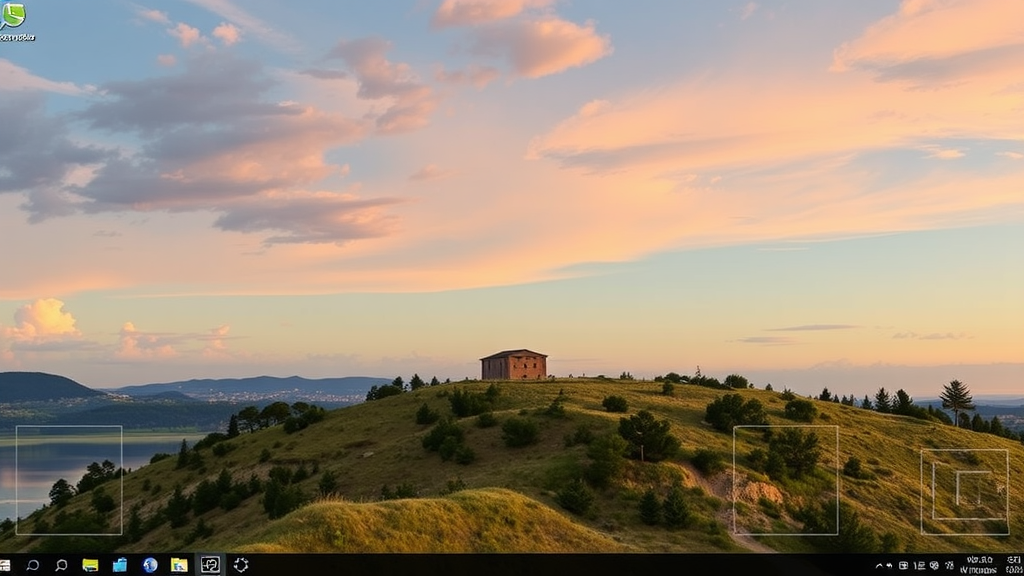
Introduction
Exploring city neighborhoods through photography is an exciting way to capture the essence of urban life. From bustling streets to quiet alleyways, every corner tells a story. Whether you’re a beginner or a seasoned photographer, learning the right techniques will help you take stunning photos that showcase the unique character of a city.
Understanding City Neighborhood Photography
What Makes City Neighborhoods Unique?
Each neighborhood has its own charm, influenced by its culture, architecture, and people. Some areas are rich in history, while others are buzzing with modern life.
Why Explore Urban Areas for Photography?
City streets are full of surprises—graffiti-covered walls, street performers, or unexpected moments of daily life. Capturing these elements makes for compelling storytelling.
Essential Gear for City Exploration Photography
Camera and Lens Choices
- A DSLR or mirrorless camera gives you flexibility, but a smartphone with a good camera can also work.
- A prime lens (like a 35mm or 50mm) is great for street photography, while a wide-angle lens is ideal for capturing architecture.
Useful Accessories
- A small tripod for stability
- Extra batteries and memory cards
- A comfortable camera bag
Best Time for Urban Photography
Golden Hour vs. Blue Hour
- Golden hour (early morning and late afternoon) provides soft, warm light.
- Blue hour (after sunset) creates a cool, moody atmosphere.
Night Photography Tips
- Use a tripod to avoid blur.
- Experiment with long exposure for light trails.
Composition Techniques for Stunning Photos
Rule of Thirds
Place your subject off-center for a more dynamic shot.
Leading Lines
Use roads, fences, or buildings to guide the viewer’s eye.
Framing and Symmetry
Look for windows, doorways, or arches to frame your subject.
Street Photography vs. Urban Landscape
Differences and Best Practices
- Street photography focuses on people and emotions.
- Urban landscapes capture the environment and architecture.
Capturing People and Daily Life
Approaching Strangers for Candid Shots
- Smile and ask permission if necessary.
- Capture genuine emotions and interactions.
Ethics of Street Photography
- Be respectful and avoid exploiting subjects.
- Know local laws regarding photographing people.
Utilizing Light and Shadows in Cityscapes
Natural Light vs. Artificial Light
- Harsh midday light can be challenging; opt for softer light when possible.
Playing with Reflections
- Use puddles, windows, or mirrors to add depth.
Finding Hidden Gems in City Neighborhoods
Exploring Alleys and Backstreets
- Unique textures and colors make for great backdrops.
Visiting Markets and Local Hangouts
- Capture the energy of vendors and shoppers.
Incorporating Architecture in Your Shots
Historic vs. Modern Buildings
- Contrast old and new structures for a striking effect.
Using Perspective Creatively
- Shoot from different angles for dramatic shots.
Editing Your City Photography for Impact
Basic Adjustments
- Adjust brightness, contrast, and sharpness.
Enhancing Colors and Contrast
- Play with saturation to bring out the city’s vibrancy.
Staying Safe While Exploring Urban Areas
Avoiding Risky Spots
- Stay aware of your surroundings and trust your instincts.
Keeping Your Gear Secure
- Use a discreet bag and avoid flashing expensive equipment.
Engaging with the Local Community
How to Interact Respectfully
- Ask permission when necessary and show appreciation.
Supporting Local Artists and Businesses
- Feature local street art or small businesses in your work.
Showcasing Your Work
Best Platforms to Share City Photography
- Instagram, Flickr, and 500px are great for exposure.
Creating a City Photography Portfolio
- Build a website or online gallery to display your best shots.
Conclusion
Exploring city neighborhoods through photography is a rewarding experience that helps you discover hidden stories and unique perspectives. By using the right techniques, equipment, and ethical considerations, you can capture the true essence of urban life.
FAQs
1. What is the best camera setting for city photography?
Shoot in aperture priority mode with a low ISO to maintain image quality.
2. How can I make my street photos stand out?
Focus on unique angles, candid moments, and compelling compositions.
3. Is it legal to take pictures of people in public places?
Laws vary by country; always check local regulations.
4. What editing apps do you recommend for mobile photography?
Snapseed, Lightroom Mobile, and VSCO are great choices.
5. How do I overcome shyness when doing street photography?
Start by photographing in busy areas where people expect cameras, and gradually build confidence.



